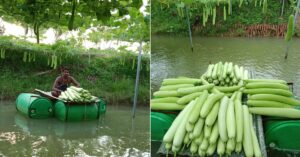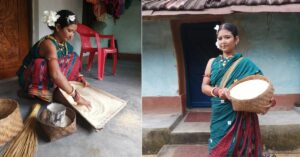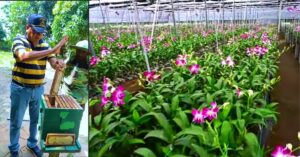Professor Shares How Odisha’s Wild Yams Are Better in Nutrition Than Farmed Fruits
Dr Debabrata Panda did his research on Agro-biodiversity, Underutilised Plant Species, and Wild Crops. He explains the importance of indigenous rice, millet and other wild crop species found in Koraput, Odisha.
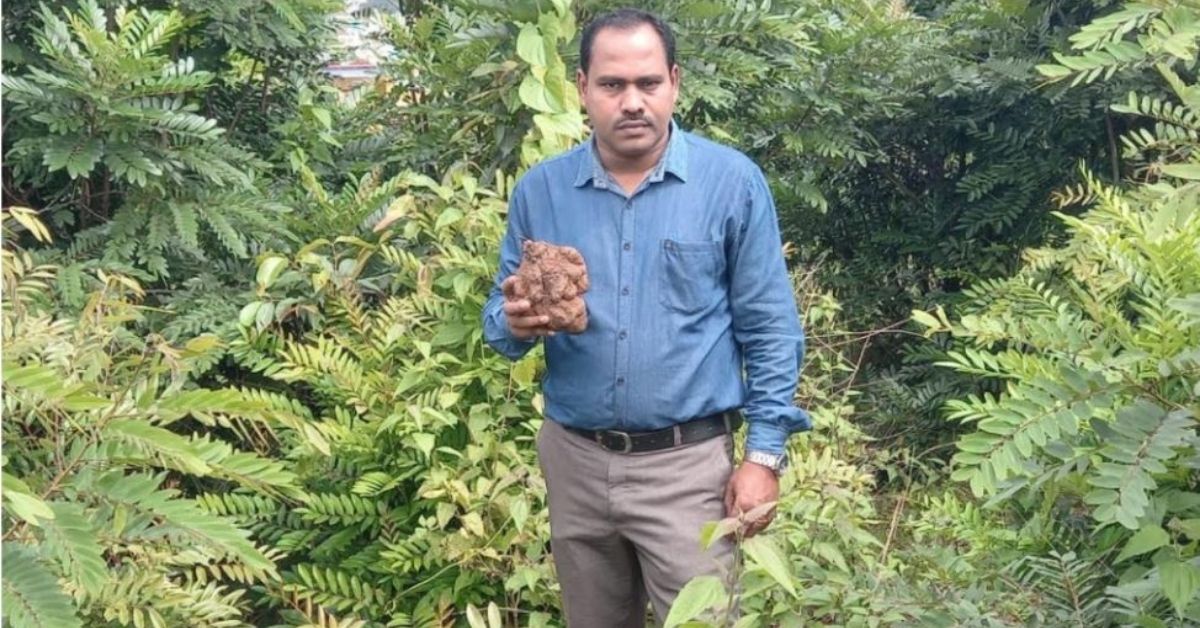
Many wild plant species, such as wild fruit, leaf, flower and wild tubers, etc. are used by rural and tribal populations, and significantly contribute to their livelihood and nutrition.
“The wild crops are important biodiversity components available from natural habitats, which are neither cultivated nor domesticated. These plants are collected from the forest, for food and medicine by tribal people who developed various processing methods according to their needs,” says Dr Debabrata Panda, an Assistant Professor in the Department of Biodiversity and Conservation of Natural Resources at the Central University of Odisha, Koraput.
Dr Panda did his research on Agro-biodiversity, Underutilised Plant Species, and Wild Crops, and has made significant contributions in the fields of collection, evaluation, and characterisation of indigenous rice, millet and other wild crop species found in Koraput.
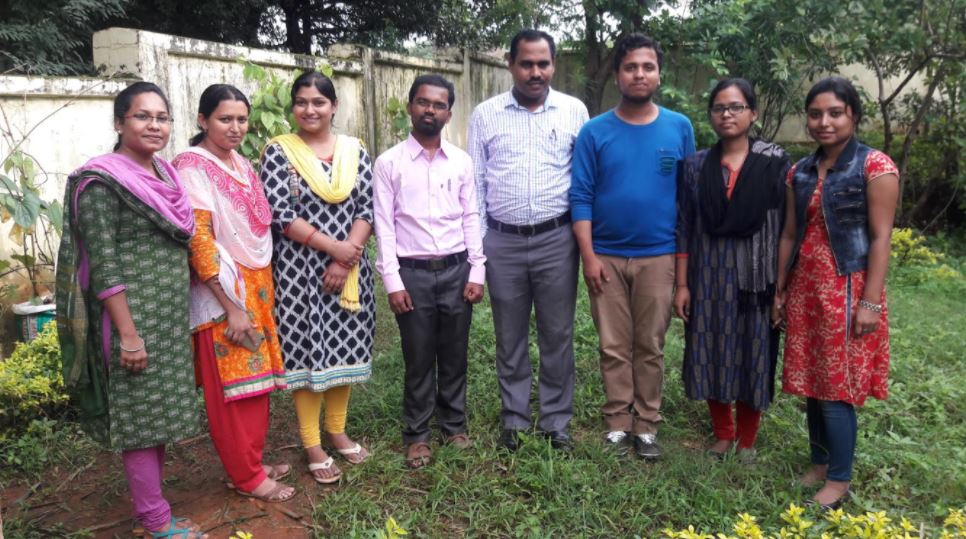
“There are 122 wild edible plants used by 20 tribal villages in Koraput belonging to seven tribal groups, namely — Paroja, Bhumia, Gadaba, Bhatra, Saora, Gonda and Kondha. The edible plants include wild fruit (39) species mostly consumed by the tribes compared to leafy vegetables (24), tubers (21) and flowers (4),” informs Dr Panda.
The wild edible tubers are largely collected during the winter season whereas the green leaves are collected in the rainy season and fruits and flowers are collected both in the winter and summer seasons. Notably, eight wild yam species are used as food by the tribes. Those are Dioscorea oppositifolia L, D hamiltonii Hook F, D Bulbifera L, D Pubera Blume, D Pentaphylla L, D Wallichii Hook F, D Glabra Roxb and D Hispida Dennst.
When a comparison between the tuber quality traits of wild and cultivated yams was made, they found that the percentage of proximate compositions of wild yam tubers ranged from 3.82-5.42% ash, 1.55-1.90% fat, 1.45-1.60% fibre, 22.9-26.6% carbohydrate, 9.5-10.2% protein and 148-163 kcal gross energy, compared to the cultivated (D alata) species i.e. 3.16% ash, 0.91% fat, 1.40% fibre, 24.07% carbohydrate, 8.78% protein and 139 kcal gross energy.
Based on these findings, the wild Dioscorea species namely D hamiltonii, D pubera and D oppositifolia have significantly higher amounts of nutritional and mineral content and nutritionally better than cultivated (D alata) species.
The micronutrient composition analysis to know the quality and safety concerns about its use in the laboratory revealed that it ranged from 60.33-89.4 mg/100 g of sodium, 1029-1248 mg /100 g of potassium compared to 55.06 mg /100 g of sodium and 989 mg / 100 g potassium in cultivated species.
The majority of the wild yam tubers were rich in some of the essential minerals like calcium (18.08 to 74.79 mg/100 g), iron (11.15 to 74.79 mg/100 g), zinc (2.11 to 6.21 mg/100 g) and phosphorous (179 to 248 mg/100 g). The level of anti-nutrients such as diosgenin, phytate and oxalate content in raw tuber was significantly higher in wild Dioscorea species compared to the cultivated species (D. alata).
However, it is also testified that the anti-nutrients were lower than the recommended tolerable levels proposed by WHO Expert Committee on Food Additives. But these less familiar wild tubers should not be ignored. Rather, these tubers are safe food sources for mass consumption and domestication and can be used as a good alternative source of food to alleviate hunger and malnutrition.
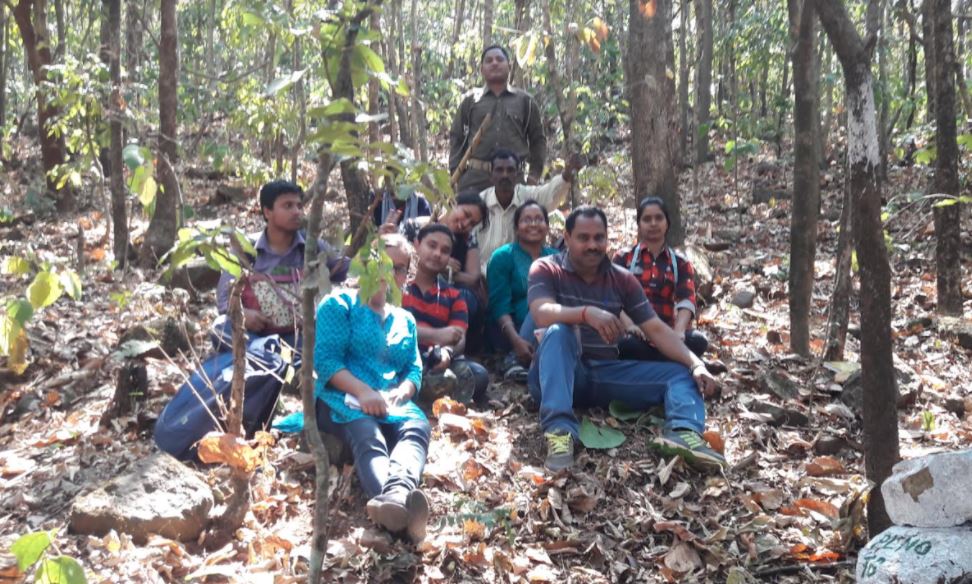
Dr Panda says the research was aimed to chronicle the nutritional value and health benefits of wild crop species used by the tribes. The data on consumption patterns and nutritional importance were collected through questionnaires and personal interviews with tribal people.
“The nutritional traits such as proximate, nutritional and anti-nutritional compositions as well as the physico-functional properties were carried out at our laboratory of the Central University of Odisha. These wild plants might prove useful for tribes, but are largely ignored by researchers, breeders and policymakers,” he adds.
Food, nutrition and micronutrient deficiencies continue to be key concerns in different countries, including India. With the onset of settled agriculture and modernisation, this knowledge is being lost at a rapid pace.
“The less familiar wild plants possess great potential as a good alternative source of food to alleviate hunger and malnutrition. Therefore, the mass consumption, commercialisation, popularisation and bioprospecting of these valuable resources would be an appropriate approach for ensuring food and nutritional security of future generations,” Dr Panda says.
Recommending the necessary steps to conserve these valuable resources in their natural habitat and validate it scientifically, Dr Panda underlines the need of conducting public awareness and community-based programmes at all levels for the conservation of such species.
“A strategy to promote commercial production of these wild plants is required to boost the local economy by initiating processing, value addition and creating a market to reach larger consumers,” he concludes.
Written by Partho Burman; Article courtesy: India Science Wire
This story made me
-
97
-
121
-
89
-
167
Tell Us More
We bring stories straight from the heart of India, to inspire millions and create a wave of impact. Our positive movement is growing bigger everyday, and we would love for you to join it.
Please contribute whatever you can, every little penny helps our team in bringing you more stories that support dreams and spread hope.






